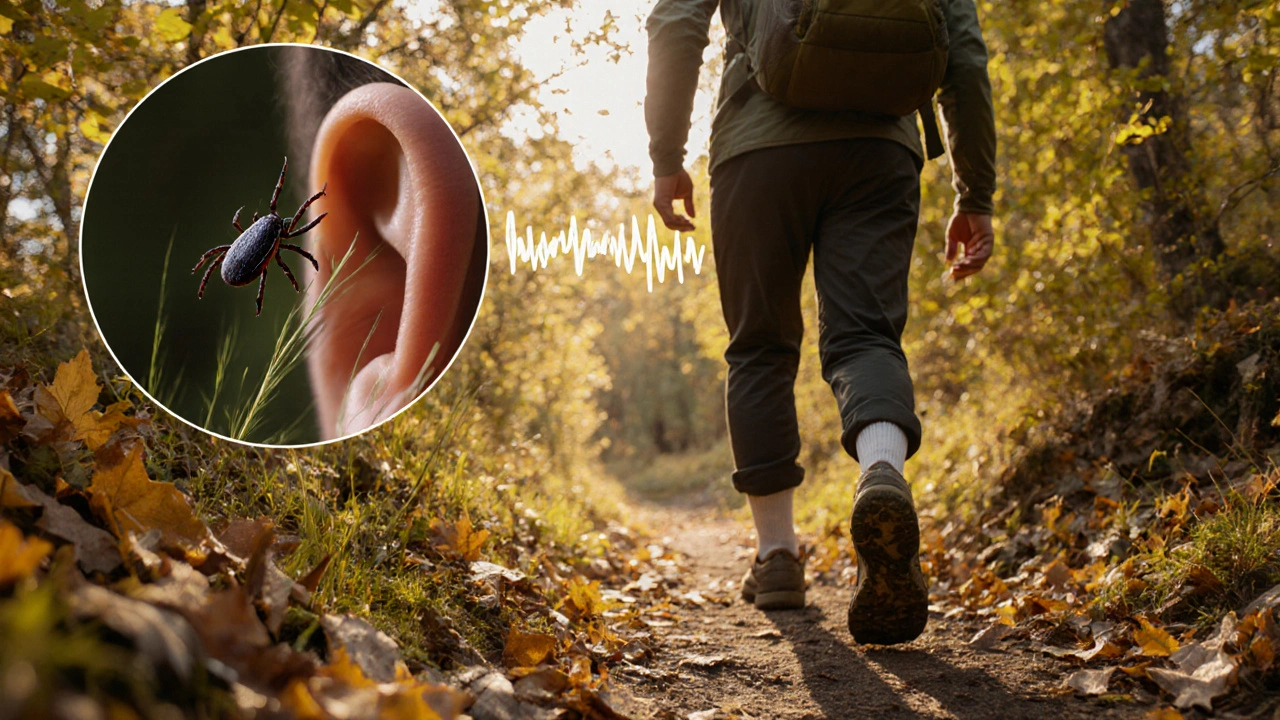Lyme disease: Symptoms, Diagnosis, Treatment & Prevention
When dealing with Lyme disease, a bacterial infection spread by tick bites and caused by the spirochete Borrelia burgdorferi. Also known as Lyme, it can affect skin, joints, heart, and nervous system. A related key player is Borrelia burgdorferi, the pathogen that lives in the gut of black‑legged ticks and triggers the disease once it enters a human host. The first line of defense after infection is a course of antibiotics, drugs such as doxycycline, amoxicillin or cefuroxime that target the bacteria and reduce long‑term damage. A bite from an infected tick, especially the deer tick (Ixodes scapularis) found in wooded areas, is the gateway event that starts the whole cascade. Understanding how these entities interact—pathogen, vector, and treatment—helps you spot the disease early and act fast.
Early detection hinges on recognizing the classic “bull's‑eye” rash, known as erythema migrans, which appears in about 70% of cases within a week of the bite. If the rash is missed, flu‑like symptoms—fever, headache, fatigue—often follow, and without treatment the infection can spread to joints, causing arthritis, or to the heart, leading to carditis. Diagnosis usually involves a two‑tiered serologic test: an ELISA screen followed by a Western blot confirmatory assay. Recent research also highlights the role of PCR testing on joint fluid for persistent cases. Chronic manifestations, sometimes called post‑treatment Lyme disease syndrome, remain controversial, but many clinicians recommend supportive care, physical therapy, and, when appropriate, extended antibiotic regimens under close supervision. By mapping symptoms to the underlying bacterial activity, patients and providers can decide when a simple 2‑week doxycycline course suffices and when deeper investigation is needed.
What’s covered next
Below you’ll find a curated set of articles that dive into medication choices, infection‑control strategies, and practical tips for avoiding tick exposure. Whether you’re looking for a side‑by‑side drug comparison, guidance on proper tick removal, or ways to boost your immune response, the resources ahead break down the science into easy‑to‑use advice. Explore the collection to arm yourself with the knowledge that turns a potentially serious infection into a manageable health issue.

Ringing in the Ears: How Tinnitus Signals Lyme Disease
- Oct, 3 2025
- Daniel Remedios
- 19 Comments
Learn how ringing in the ears can signal Lyme disease, why it happens, how to diagnose it, treatment options, and steps to prevent tick bites.
